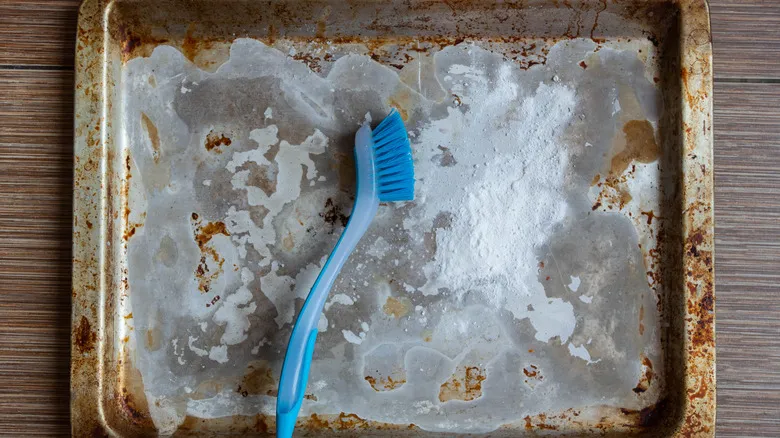How to clean aluminum and aluminized steel baking sheets
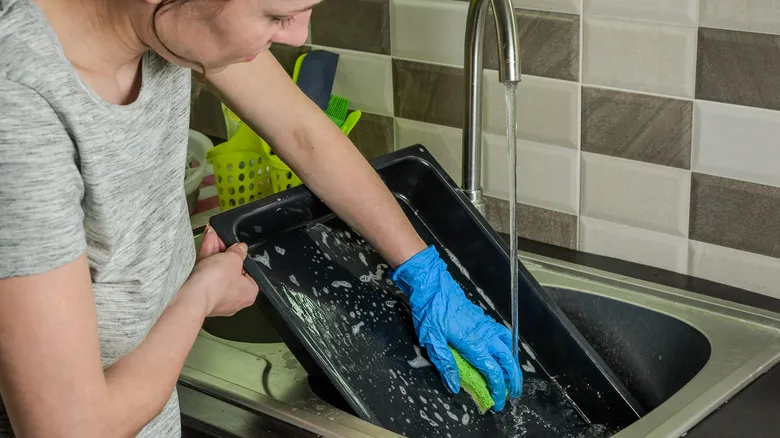
Numerous bakers advocate for aluminum baking sheets due to their excellent heat distribution. However, this material can react with acidic ingredients, resulting in a metallic flavor and unsightly stains. To clean aluminum baking sheets, start by sprinkling a layer of baking soda over the surface, followed by a layer of salt. Fill a spray bottle with white vinegar and mist it over the pan. At this point, you can either begin scrubbing with a sponge or, for easier cleaning, soak the pan in hot water for 30 to 60 minutes first. Once you've removed the stains and stuck-on food, wash the pan with regular soap and water.
Aluminized steel is essentially steel coated with an aluminum alloy. These pans are robust, long-lasting, and can come in various finishes, from standard gray to attractive gold. To clean these pans, sprinkle a layer of baking soda on the surface, then add a generous amount of hydrogen peroxide. If necessary, mix in more baking soda until it forms a paste. The key is to let the mixture work, so patience is essential. Allow the pan to sit for two to three hours, then wipe it clean with a cloth. If there are stubborn spots, you can use a coarse sponge to scrub them, but be sure to wash the pan with soap and water before using it again.
How to clean nonstick baking sheets
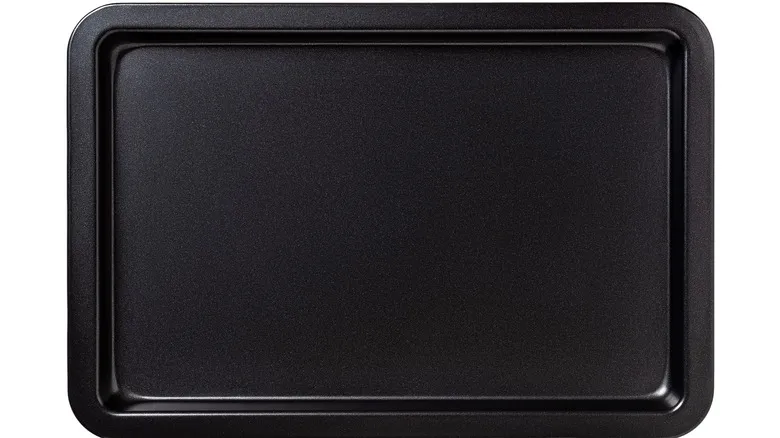
In theory, nonstick baking pans should be resistant to stains, burns, and food buildup. However, using any oil on these pans can lead to the formation of a sticky brown residue over time. Since scrubbing too hard can damage the nonstick coating, removing the baked-on gunk can be challenging. A safe method to tackle this involves creating a paste by mixing water and baking soda. Apply the paste to your cookie sheet and let it sit for 30 minutes. Afterward, use a non-abrasive sponge to gently scrub away the residue.
Once your pans are looking clean, there are several simple steps you can take to prevent future stains and discoloration. One of the easiest solutions is to use silicone mats, which safeguard the surface of your pans while maintaining their heat conduction. Depending on your cooking needs, you can also opt for parchment paper or aluminum foil as a protective layer. Parchment paper is nonstick, making it an excellent choice for baking cookies and other items that might otherwise stick to the pan.
Recommended
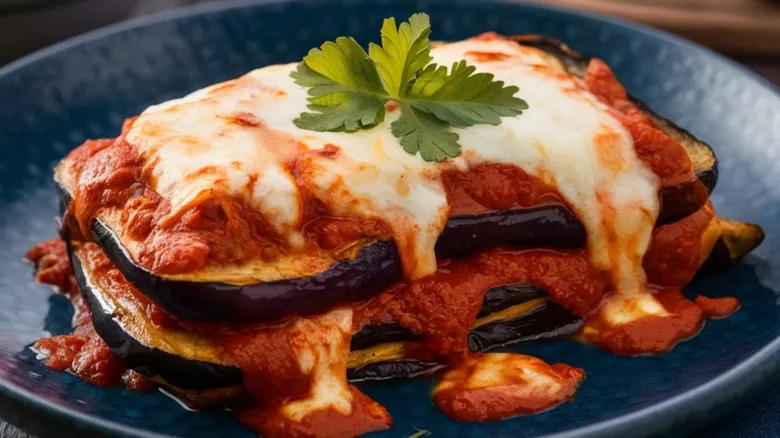
The Tastiest Eggplant Parmesan Isn't Fried
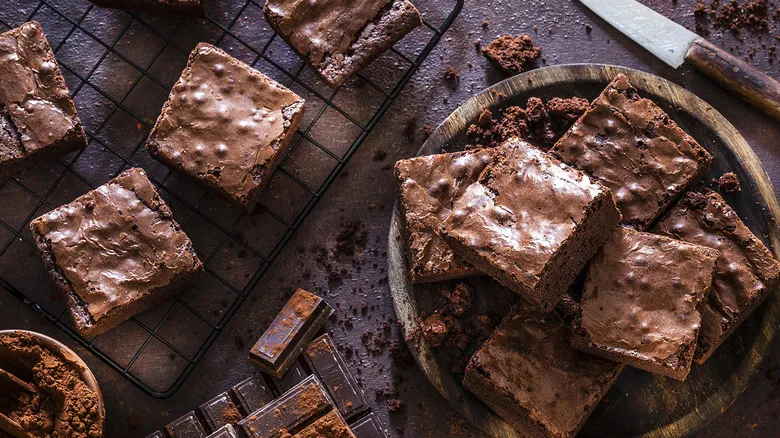
Amplify The Flavor Of Your Brownies With A Splash Of Bourbon
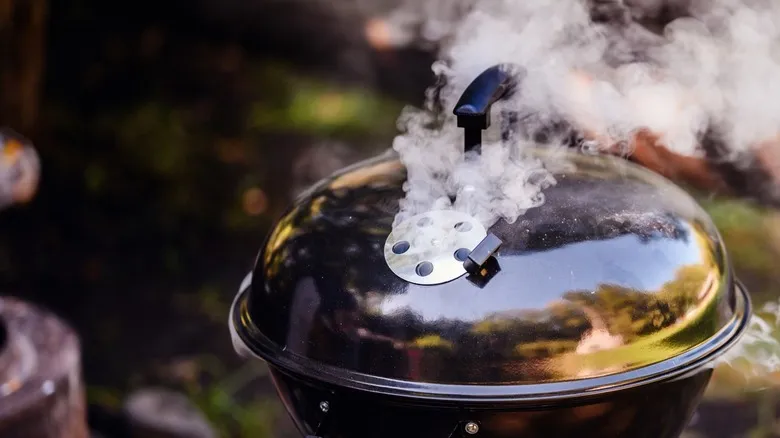
A Handy Guide To When To Open Vs Close The Vent On Your Grill
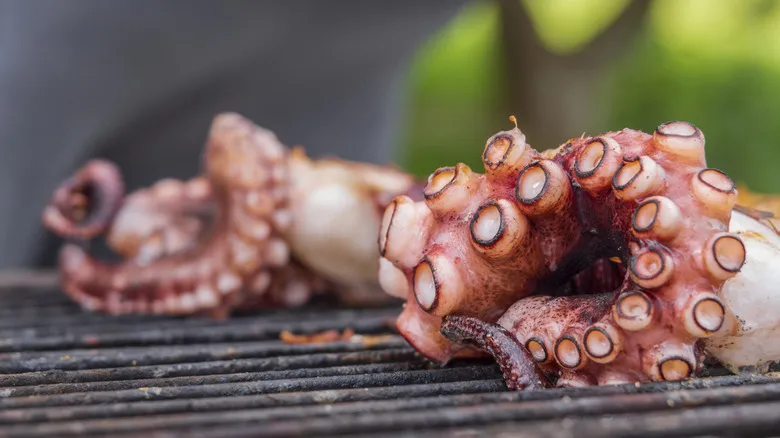
Don't Skip This Important Step When Grilling Octopus
Next up

